What is an Abstract?
An abstract is a brief yet comprehensive overview of a research paper or any in-depth literary work. It usually consists of 150 to 250 words, roughly 6 to 7 sentences.
The purpose of an abstract is to provide a
- Condensed summary of the main ideas
- Organization
- Purpose of the research paper.
Think of an abstract as a roadmap for both the writer and the reader. It acts as a sneak peek into the paper, giving the reader a glimpse of what they can expect.
A well-written abstract can also serve as a guide for the writer. It helps to keep their focus on the main points and goals of their research.
Whether you're a reader or writer, an abstract is an essential tool for navigating the world of research.
Elements of an Abstract
Typically, abstracts contain the following types of information:
- The background information, general topic, and specific topic of the research
- The central questions or problem statement addressed in the research
- An overview of previous research and what is already known about the subject
- The reason and goals for the research. This includes any new topics being explored, gaps in previous research being filled, new methods applied, or disputes being resolved in the field
- A description of the research and analytical methods used
- The main findings, results, or arguments of the research
- The significance and implications of the research findings or arguments.
Check out our detailed blog on research paper outline to learn more!
Here is an example of a perfect abstract:
Title: The Impact of Climate Change on Biodiversity Abstract: Climate change has become one of the most pressing global issues of our time, with significant impacts on biodiversity and the natural world. This study aimed to evaluate the effect of rising temperatures and changing precipitation patterns on local species diversity and abundance. Our results showed that increased temperatures and altered rainfall patterns have led to significant declines in species richness and abundance, particularly in tropical regions. The findings highlight the urgent need for effective conservation and management strategies to mitigate the effects of climate change on biodiversity. This study provides crucial information for policymakers and conservation organizations and underscores the importance of continued research on the impacts of climate change on the natural world. |
Types of Abstracts
Did you know that there are different types of abstracts? Choosing the right type of abstract can make a big difference in helping readers understand the paper.
Here are some of the most significant types of abstracts:
1. Critical Abstract: This type of abstract provides a critical evaluation of the research paper. It analyzes the reliability of the research and typically has a word count of 400-500 words.
2. Descriptive Abstract: This abstract briefly describes the information contained in the research work. It typically has a word count of fewer than 100 words.
3. Informative Abstract: This type of abstract is similar to the descriptive abstract. It provides the reader with all of the information related to the research. It has a strict word limit of 300 words.
4. Highlight Abstract: This expressive abstract provides a vivid and detailed overview of the research. It is useful for readers who want to gain a deeper understanding of the research.
Check out this video to learn more!
Where Do We Write An Abstract?
An abstract is typically written at the beginning of a research paper or article and placed immediately before the main text.
The abstract is also sometimes included in the table of contents. This helps the reader quickly identify the main topics in the paper.
In some cases, an abstract may also be published separately from the main text. It can be as part of conference proceedings, or as an entry in a database of abstracts.
How To Write An Abstract?
Here are the steps to writing an effective abstract:
Write the Full Paper
The abstract is a summary of a research paper, so write your paper first. It may be a good idea to write the abstract last so you can condense the results described in it.
Check the Criteria
If you are writing an abstract for publication, there may be specific guidelines to follow. Check the publication manual for any requirements, such as the referencing style.
Discuss The Problem
This section should describe the purpose of your study and the issue you aim to address. Include background information and describe whether your focus is narrow or broad.
Explain Your Approach
Describe the methods you used in your research. Include the study you conducted, the variables you considered, and how you went about collecting data.
Present your findings
Summarize the main results and conclusions from your research, highlighting the most important discoveries.
Conclude
Sum up the significance of your study and its results and conclusion. In an informative abstract, you may also discuss the implications of your study.
Here is a comparison table of a good and a bad abstract.
| Good Abstract | Bad Abstract |
Title: The Impact of Climate Change on Coastal Ecosystems Abstract: Coastal ecosystems are among the most vulnerable to the effects of climate change. This study aimed to assess the impact of climate change on three coastal ecosystem types are: mangroves, seagrass beds, and salt marshes. Using remote sensing and field data, the study found that sea level rise, increased frequency of storms, and changes in temperature and salinity have resulted in declines in the extent and health of these ecosystems. The study concludes that urgent action is needed to address the impacts of climate change on coastal ecosystems, including reducing greenhouse gas emissions and implementing adaptation measures. | Title: A Study of Climate Change Abstract: This research was about climate change. We studied it and looked at some things. We found out that it's bad and affects some places more than others. More research is needed in the future to see what happens and what we can do about it. |
Writing an Abstract for an IMRaD Paper
An IMRaD (Introduction, Methods, Results, and Discussion) paper is a type of scientific writing that follows a specific structure.
Here are the steps to write an effective abstract for an IMRaD paper:
Define the Purpose: Clearly state the purpose of your research and what you aim to achieve with the paper.
Check out this informative blog on how to start a research paper here!
Summarize the Introduction: Provide a brief summary of the background information and the main objectives of the research.
Outline the Methods: Describe the methods used in the research, including the study design, data collection procedures, and statistical analysis methods.
Present the Results: Summarize the main findings of the research, including any significant results and key trends.
Discuss the Implications: Explain the significance of the results and their implications for the field.
Conclude the Abstract: Summarize the key points of the abstract and provide a clear conclusion.
Here's an example of an IMRaD abstract:
Title: "The Effect of Exercise on Cognitive Function in Older Adults" Abstract: The purpose of this study was to examine the effect of regular exercise on cognitive function in older adults. A sample of 200 participants, aged 65 years and older, were randomly assigned to either a control group or an exercise group. The exercise group participated in supervised aerobic exercise for 30 minutes, three times per week for six months. Cognitive function was measured using a standardized test at the beginning and end of the study. Results showed that the exercise group had significantly improved cognitive function compared to the control group. These findings suggest that regular exercise may have a positive impact on cognitive function in older adults. Further research is needed to determine the best types of exercise and duration for optimal results. |
Best Examples Of How To Write an Abstract
Our writers have compiled one of the top abstract examples for you. Read them out for more inspiration.
How To Write an Abstract For a Research Paper - Example
Abstract This study aimed to investigate the impact of mindfulness-based interventions on stress reduction among college students. A randomized controlled trial was conducted with 60 participants, with half of the participants receiving an 8-week mindfulness-based stress reduction program and the other half serving as the control group. The results showed that the mindfulness-based intervention group experienced a significant decrease in stress levels compared to the control group, as measured by the Perceived Stress Scale. The findings suggest that mindfulness-based interventions may be an effective way to reduce stress among college students. The implications for future research and for the integration of mindfulness-based programs in college mental health services are discussed. |
How To Write an Abstract APA- Example
Abstract The purpose of this study was to examine the effects of parental involvement on academic achievement among high school students. A sample of 120 students from a local high school participated in the study. Data was collected through a survey and analyzed using descriptive statistics, correlations, and regression analysis. The results showed that there was a significant positive correlation between parental involvement and academic achievement, with the highest levels of parental involvement leading to the greatest academic achievement. The regression analysis showed that parental involvement explained a significant amount of the variance in academic achievement. Based on the findings, it was concluded that promoting parental involvement can have a positive impact on the academic success of high school students. The results of this study have important implications for educators, parents, and policymakers, as they suggest that school-based programs that encourage parental involvement can positively affect students' academic outcomes. |
How To Write an Abstract For a Thesis
Title: "Exploring the Relationship between Parental Involvement and Student Academic Performance" Abstract: The purpose of this study was to explore the relationship between parental involvement and student academic performance in a suburban school district. Data was collected through surveys administered to parents and students in grades 9-12. The results indicated a positive correlation between parental involvement and student academic performance. Specifically, students whose parents were more involved in their education had higher grades and standardized test scores. Additionally, students with involved parents reported higher levels of motivation and engagement in school. This study highlights the importance of parental involvement in supporting student academic success and provides implications for schools to enhance their parent involvement programs. |
How To Write an Abstract For a Presentation- Example
Here is an example of an abstract for a presentation: Title: "The Impact of Social Media on Adolescent Mental Health" Abstract: Social media has become a ubiquitous part of modern society, and its impact on adolescent mental health has been the subject of much debate. This presentation will examine the current research on the relationship between social media use and adolescent mental health, including both the positive and negative effects. The presentation will first provide an overview of the different types of social media and how they are used by adolescents. It will then delve into the various ways in which social media use can impact mental health, such as through cyberbullying, social comparison, and decreased face-to-face communication. The presentation will also address the positive effects of social media use, including increased social support and self-expression. Finally, the presentation will conclude by discussing the implications of these findings for parents, educators, and mental health professionals and offering recommendations for promoting healthy social media use among adolescents. Attendees will leave the presentation with a better understanding of the complex relationship between social media and adolescent mental health and practical strategies for promoting positive outcomes. |
How To Write an Abstract For a Project-Example
Title: "Improving Water Quality in Rural Communities" Abstract: This project aimed to improve water quality in rural communities in developing countries. The study was conducted in two villages in Africa where water sources were contaminated and caused various health problems among the residents. The project was divided into two parts: the first part was to analyze the water sources and identify the cause of contamination, and the second part was to implement a solution. The analysis showed that the main cause of the contamination was poor sanitation practices and the presence of agricultural runoff. To address the issue, the project team installed water filtration systems and educated the communities on proper sanitation practices. A follow-up study was conducted after 6 months to evaluate the solution's effectiveness. The results showed a significant reduction in the level of contaminants in the water sources and a decrease in the number of health problems reported by the residents. The project demonstrated the importance of proper sanitation practices in improving water quality and highlighted the need for more efforts to address the issue in rural communities. The project team plans to expand the project to other rural communities and continue to educate and raise awareness about the importance of clean water. |
Tips to Write an Abstract
Tips for Writing an Effective Abstract:
- Read Other Abstracts: To learn the conventions of writing an abstract, read other people's abstracts, including journal articles and dissertation abstracts.
- Use a Reverse Outline: For longer works, use a reverse outlining of the process to write the abstract. Summarize the central point or argument for each chapter or section. Then revise the sentences to show how the argument develops.
- Write Clearly and Concisely: An effective abstract should be short but impactful. Write each sentence to clearly communicate one main point. Use active voice, and concise expressions, and avoid passive sentences and obscure jargon.
- Check Formatting: Check the guidelines for formatting requirements and format your work correctly. For APA research papers, follow the APA abstract format.
- Use Simple Language: Write in a clear and straightforward manner, using language that is easily understood by your target audience. Avoid technical jargon or overly complex terms.
- Highlight the Main Points: Emphasize the most important aspects of your research, including the background, methods, results, and conclusions. Make sure the abstract provides a clear overview of your work.
- Include Keywords: Choose keywords that accurately describe your research and include them in the abstract. This will make it easier for readers to find your work through online searches.
In conclusion, writing an abstract can seem like a daunting task, but with a clear understanding, it becomes quite manageable.
It is the first impression a reader gets of your work and should entice them to read further. Remember to be concise, and focused, and convey the significance of your work.
If you still find yourself struggling with the abstract writing process, our paper writing service is here to help.
Our team of professional writers can help you craft a compelling abstract that accurately represents your research.
Don't let a poorly written abstract hold you back from sharing your ideas with the world.


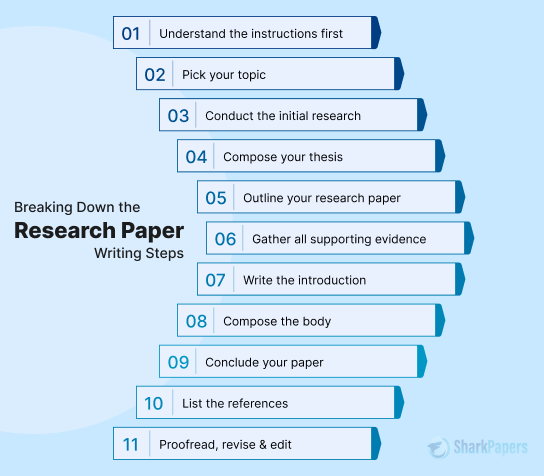





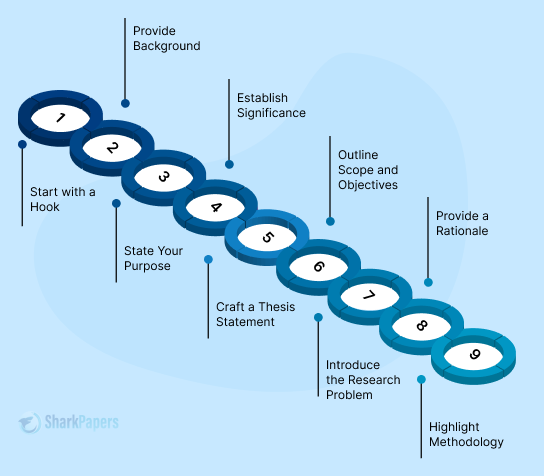
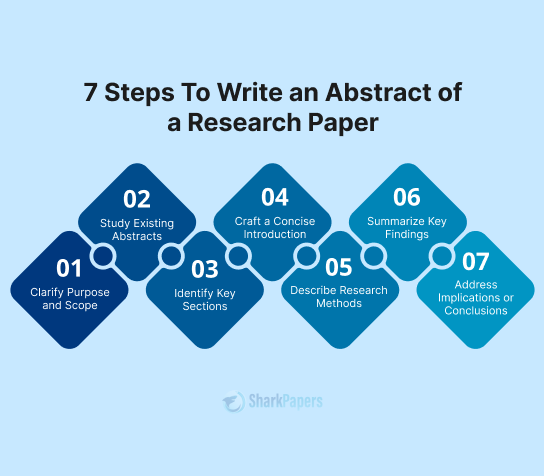
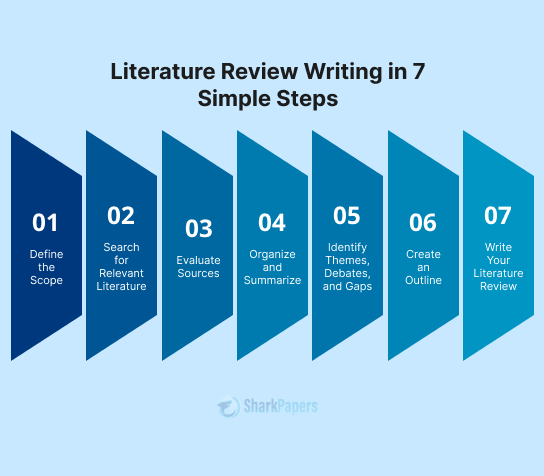
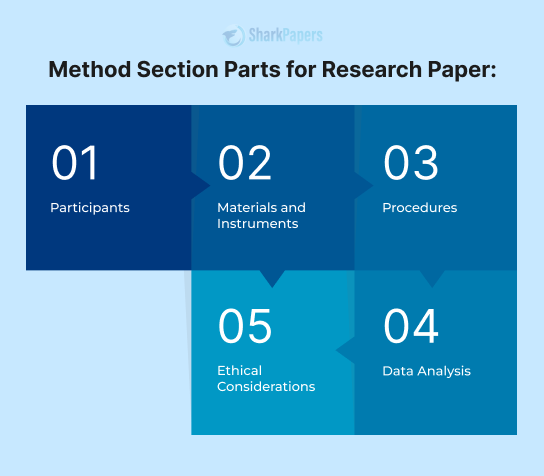
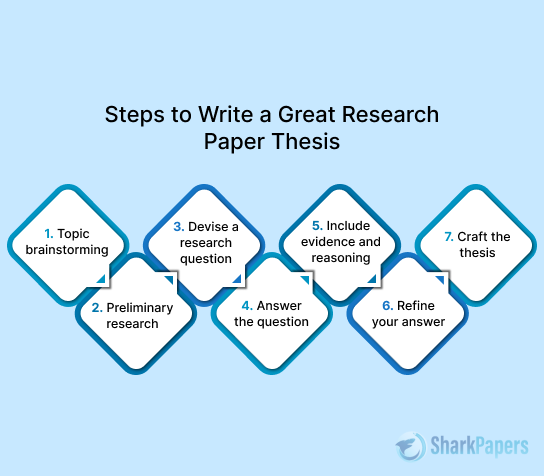
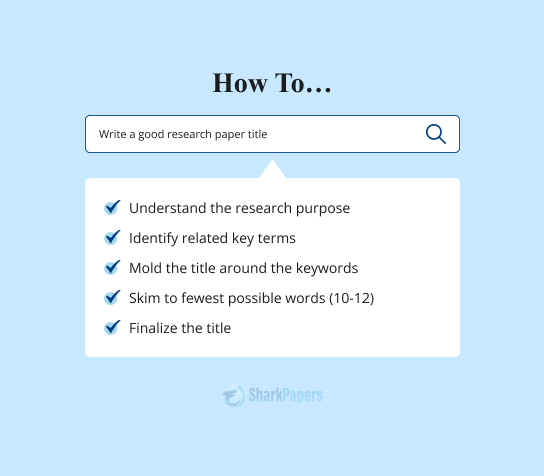
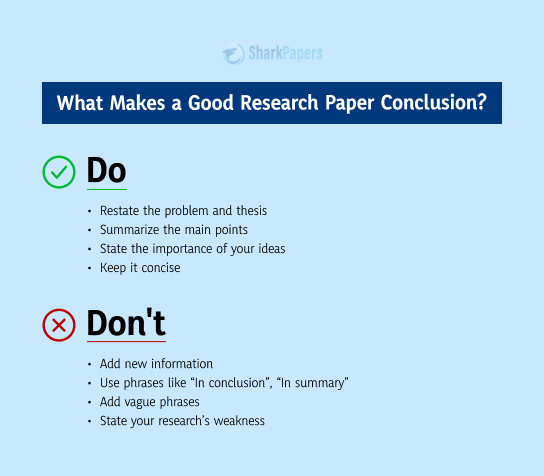
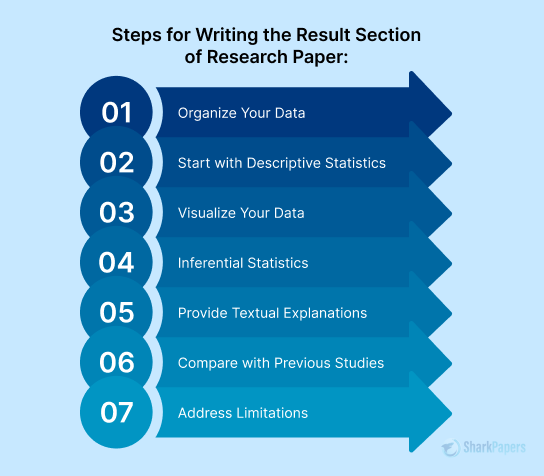
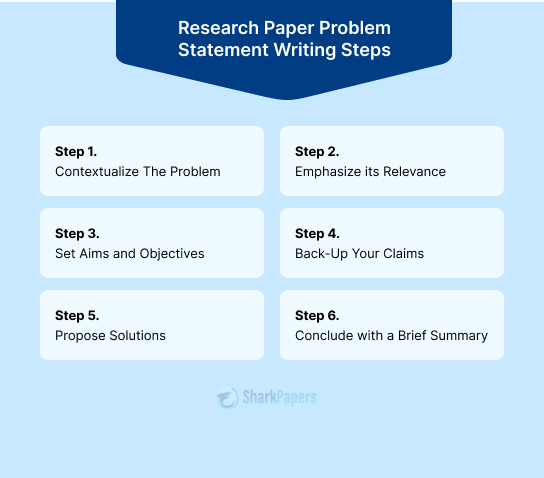
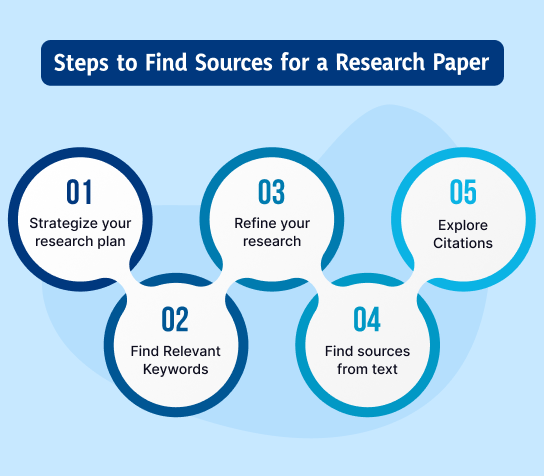
)
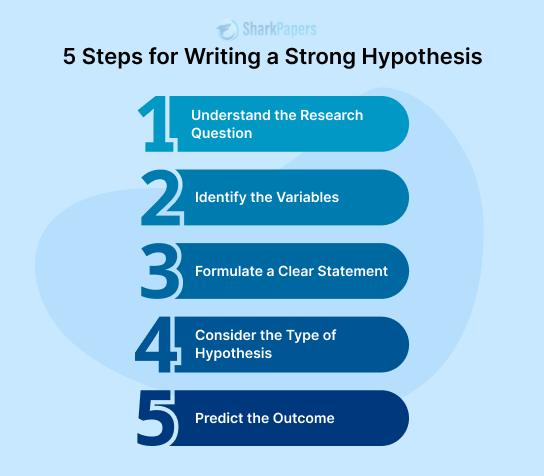
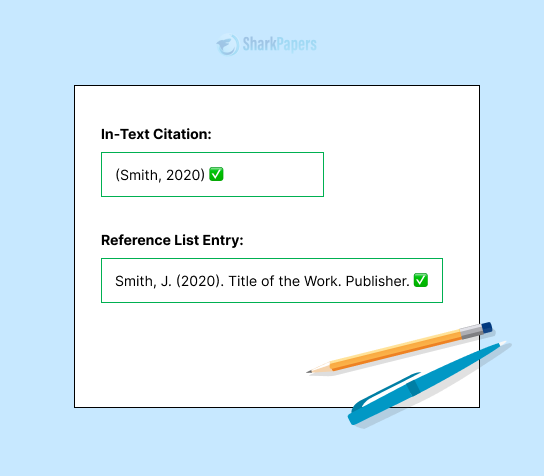
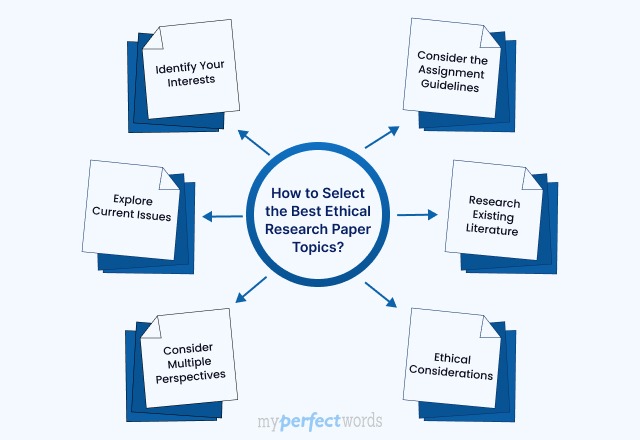
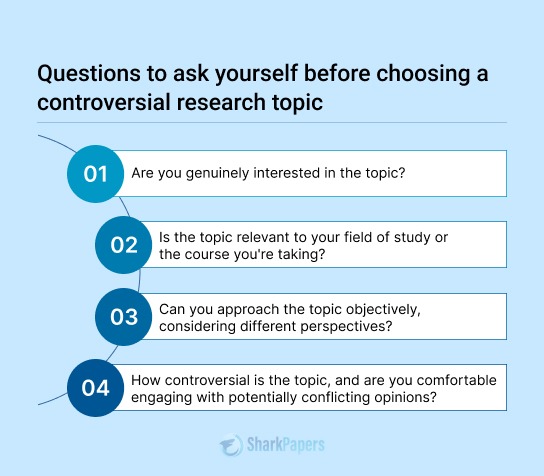
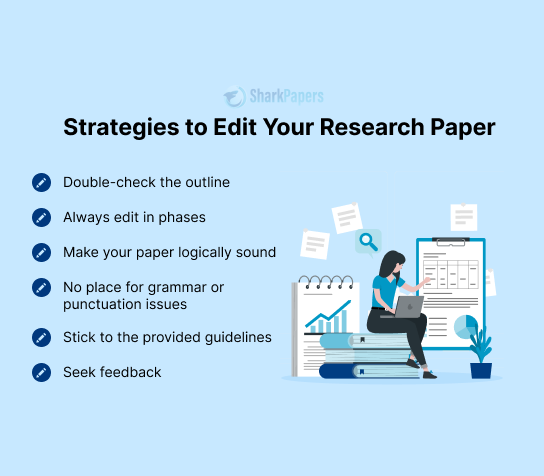
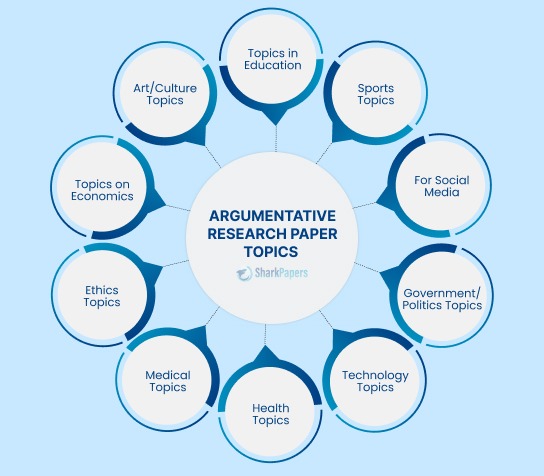
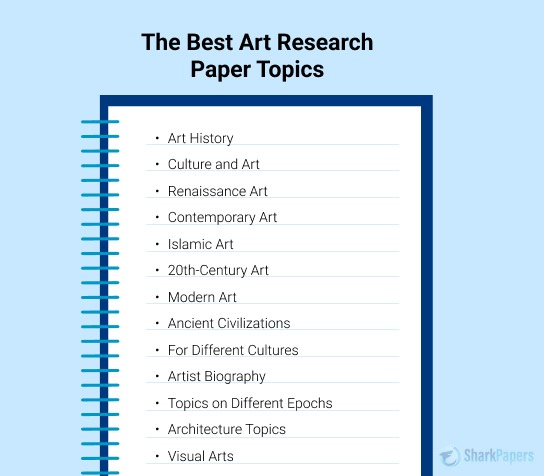
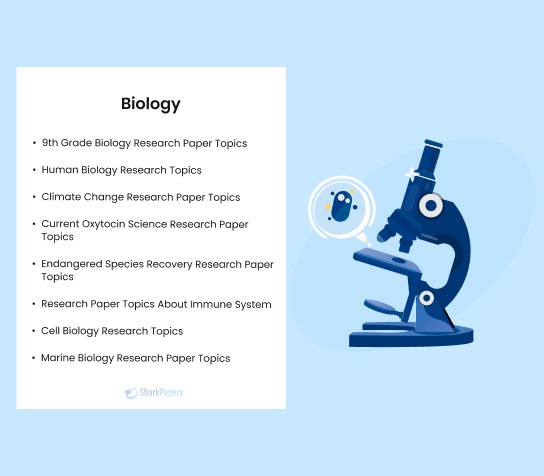
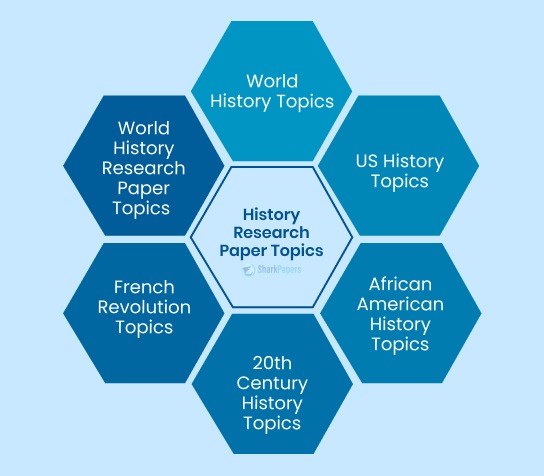
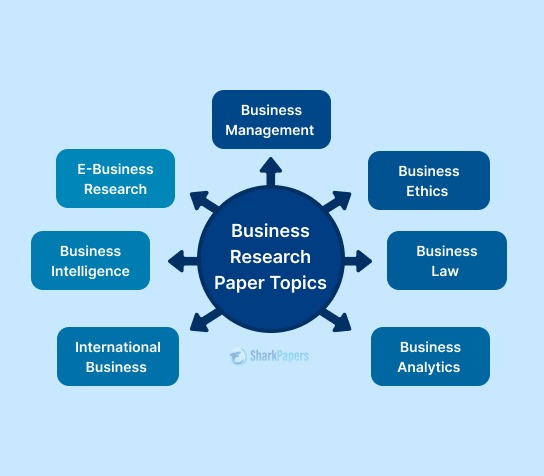
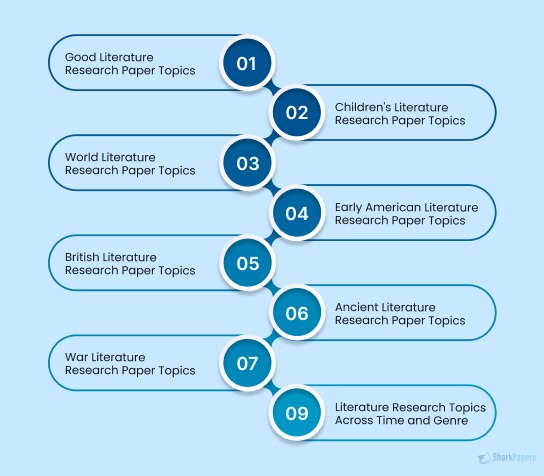
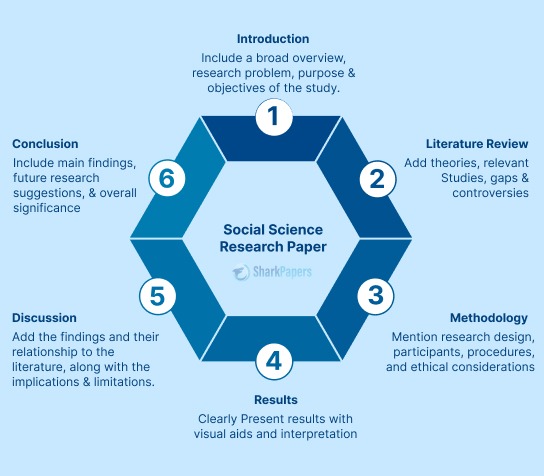
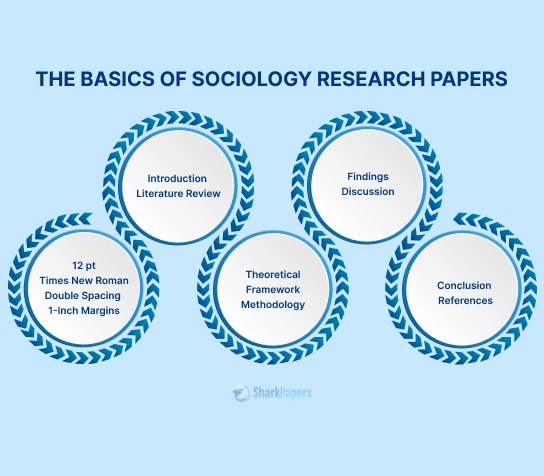
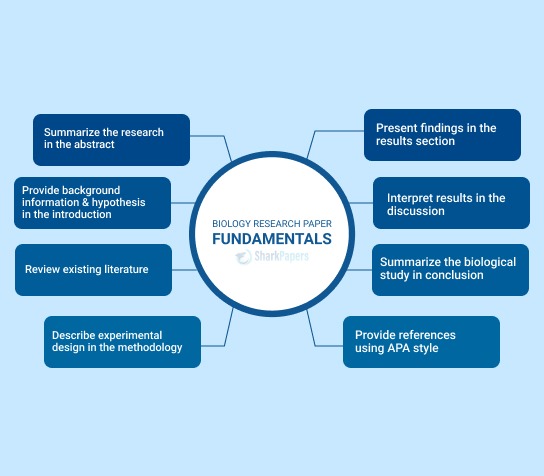
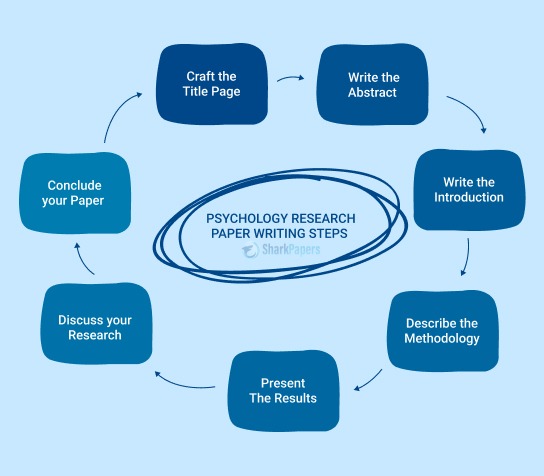
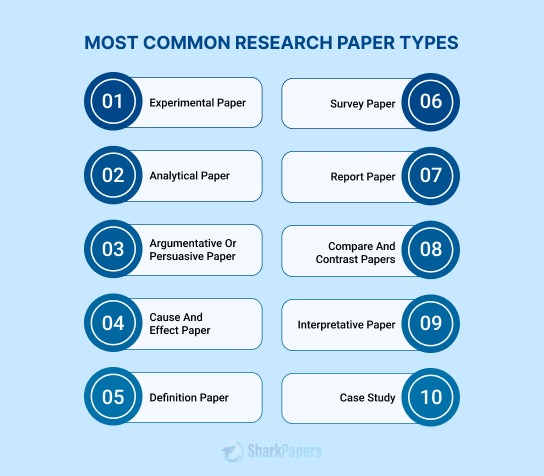

















-12114.jpg)














 Not seeing it? Check Promotions or Spam — inboxes get protective.
Not seeing it? Check Promotions or Spam — inboxes get protective.